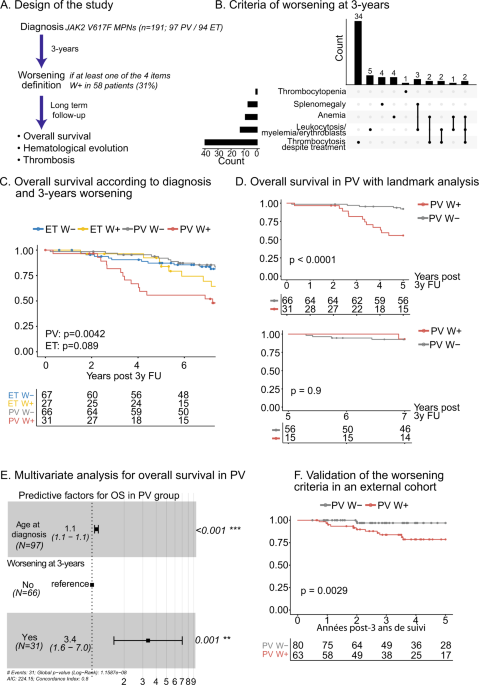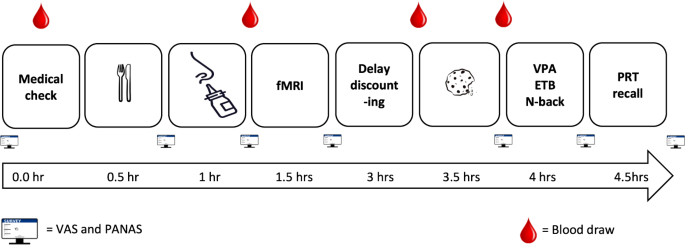|
Αρχειοθήκη ιστολογίου
-
►
2023
(269)
- ► Φεβρουαρίου (133)
- ► Ιανουαρίου (136)
-
▼
2022
(2046)
- ► Δεκεμβρίου (165)
- ► Σεπτεμβρίου (161)
-
▼
Απριλίου
(178)
-
▼
Απρ 10
(16)
- Evaluation of interleukin‐38 levels in serum of pa...
- Video-Oculography to Guide Neuroimaging for Dizzin...
- Neuroimaging for Patients With Dizziness
- Estimation of Relative Vaccine Effectiveness in In...
- Decreased overall survival in patients with locall...
- Influence of buccal emergence profile designs on p...
- JAK2 V617F polycythemia vera and essential thrombo...
- Inhibition of PDK1 enhances radiosensitivity and r...
- The effect of intranasal insulin on appetite and m...
- Analysis of implant loss risk factors after simult...
- Laryngoscopic Findings of Age‐related Vocal Fold A...
- Status of IDH mutations in chondrosarcoma of the jaws
- Racial and rural–urban disparities in cardiovascul...
- Efficacy, safety and prognostic factors of camreli...
- Fluorescent Carbon Dot-Supported Imaging-Based Bio...
- Actinomyces Acute Rhinosinusitis Complicated by Su...
-
▼
Απρ 10
(16)
- ► Φεβρουαρίου (165)
-
►
2021
(3028)
- ► Δεκεμβρίου (135)
- ► Σεπτεμβρίου (182)
- ► Φεβρουαρίου (324)
-
►
2020
(1051)
- ► Δεκεμβρίου (292)
- ► Σεπτεμβρίου (60)
- ► Φεβρουαρίου (28)
-
►
2019
(2277)
- ► Δεκεμβρίου (18)
- ► Σεπτεμβρίου (54)
- ► Φεβρουαρίου (89)
-
►
2018
(26280)
- ► Δεκεμβρίου (189)
- ► Φεβρουαρίου (6130)
- ► Ιανουαρίου (7050)
-
►
2017
(33948)
- ► Δεκεμβρίου (6715)
- ► Σεπτεμβρίου (6470)
-
►
2016
(4179)
- ► Σεπτεμβρίου (638)
- ► Φεβρουαρίου (526)
- ► Ιανουαρίου (517)
Κυριακή 10 Απριλίου 2022
Evaluation of interleukin‐38 levels in serum of patients with coronavirus disease 2019.
Video-Oculography to Guide Neuroimaging for Dizziness and Vertigo
|
Neuroimaging for Patients With Dizziness
|
Estimation of Relative Vaccine Effectiveness in Influenza: A Systematic Review of Methodology
|
Decreased overall survival in patients with locally advanced head and neck cancer receiving definitive radiotherapy and concurrent cetuximab: National Cancer Database analysis
|
Influence of buccal emergence profile designs on peri‐implant tissues: A randomized controlled trial
|
JAK2 V617F polycythemia vera and essential thrombocythemia: dynamic clinical features associated with long-term outcomes
|
Inhibition of PDK1 enhances radiosensitivity and reverses epithelial–mesenchymal transition in nasopharyngeal carcinoma
|
The effect of intranasal insulin on appetite and mood in women with and without obesity: an experimental medicine study
|
Analysis of implant loss risk factors after simultaneous guided bone regeneration: A retrospective study of 5404 dental implants
|
Laryngoscopic Findings of Age‐related Vocal Fold Atrophy are Reliable but not Specific
|
Status of IDH mutations in chondrosarcoma of the jaws
|






